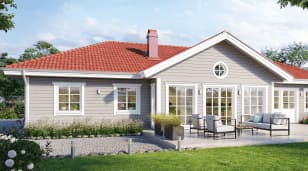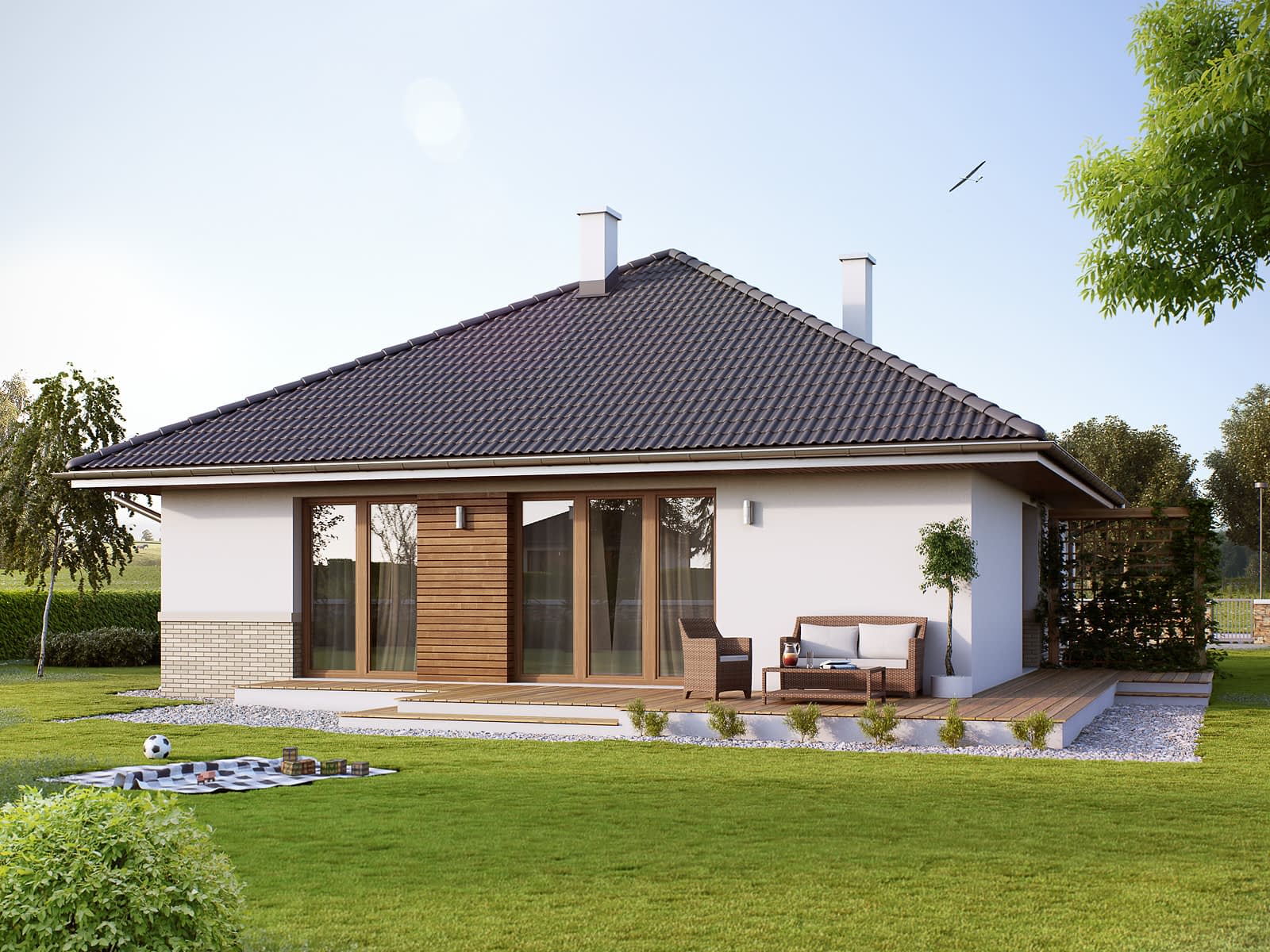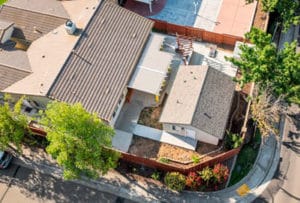





A link to download your FREE brochure will be in your inbox in 3 minutes



















The final price may vary based on project specifics.
To get a free accurate quote tailored to your needs, book a consultation with us today!

The price per square foot provided is an average and may vary depending on project-specific details such as materials, location, complexity, and other factors. Actual costs may differ from the average provided.
It is recommended to obtain a detailed quote based on the specific requirements of your project.

Please note that the monthly payment displayed on this page is an estimate and is subject to variation based on the selected loan product, applicants credit score, loan amount, and other financial details. Actual monthly payment may differ from the estimate provided.
It is recommended to seek advice from a financial advisor or loan officer to obtain precise payment information tailored to individual circumstances.
 Your Trusted
Local Contractor
Your Trusted
Local Contractor

Accessory dwelling units are a means of affordable housing situated near the primary residence. Seeing an ADU is not as uncommon as it used to be years ago. Nowadays, many property owners realize that if they construct ADUs, they can reap the benefits if they use them as guest houses, granny flats, or investment properties that bring forth rental income.
California keeps adopting new laws and altering the old ones to make ADU construction more feasible and common. California ADU laws boost the accessibility of accessory dwelling units for more and more residences, implementing new ADU regulations.
Stay with us if you want to know how the recent ADU laws have changed the accessory dwelling unit building landscape and what challenges they created or, vice versa, the leeways they opened!
The cause of the significant development of ADUs within single-family residential lots as well as some rise in the development of ADUs on multi-family dwelling lots is their versatility and opportunity to generate income. However, sometimes, the law can unreasonably restrict ADU buildings or limit opportunities that homeowners appreciate.
But before we jump to discussing new ADU laws, let’s enumerate what types of construction you can choose from when building ADUs:
Real estate enthusiasts typically opt for detached ADUs because a detached ADU can have bigger dimensions and can offer more privacy, which is a crucial consideration for many renters. Detached ADU construction is more expensive as the unit is self-sufficient and fully independent, requiring connections to utilities and sewer systems. The landscaping to create a separate entrance can also add to the cost.
An attached ADU is simpler and cheaper to build as it may not necessitate separate utilities. The construction process is also more straightforward; we can use the main house’s existing infrastructure, which minimizes the need for extra installations.
A junior accessory dwelling unit is an ADU project in smaller dimensions. While detached and attached ADUs can reach 1000–1200 sq. ft., a junior ADU may only occupy as little as 500 sq. ft., according to ADU law.
Surely, homeowners may build an ADU from scratch, but in some cases, you can create additional units from already existing structures. For example, from your garage. This enables you to save time and effort due to the presence of already established components: the framework of your new project.
Now, let’s find out how new laws affect the existing offer for accessory dwelling units and how they can support homeowners in expanding their living spaces.
It’s vital to study the current legislature in order to prevent building code violations and then have trouble with local agencies. That is why we’re going to delve into new ADU laws that significantly change the rules of the game. The new laws forbid local agencies from requiring replacement parking or setting rules for lot coverage or lot size.
In 2023, minimum height restrictions underwent severe changes towards their relaxation. Previously, ADUs in California could only reach 16 ft., which didn’t allow for 2-story constructions. However, now, property owners enjoy more flexibility in their options.
New ADU laws establish the following:

Starting in 2020, ADU permitting offices will make decisions on ADU permits within 60 days. Thus, when these 60 days passed, and they didn’t check the ADU application out because of the huge number of other applications, they simply declined. Now, have you received a rejection? It should include an explanation as to why it happened and how you can fix it. This change makes spur offices avoid simply saying no but instead accept submissions.
Local governments can no longer refuse your application if an 800-square-foot ADU intrudes into the front setback. This benefits homeowners with restricted space in their backyard, which is a pretty common problem.
In the past, homeowners couldn’t build ADUs if there were any unpermitted works on their lot. Since 2023, it’s no longer this way. In contrast, you can build an ADU in California even if there are other unpermitted ADUs (non-conforming zoning conditions or other issues with regulations) on your property.
Before 2023, homeowners’ obligations demanded that they install fire sprinklers in their primary residence if they wanted to build a new ADU. But new ADU laws abolish this mandatory rule so that you no longer need to spend money on expensive devices.
If you’re the owner of an attached JADU, you can no longer bother adding the bathroom to your unit if the primary residence already has it. This loan is a $40,000 non-refundable grant.
Earlier, if ADU construction required a demolition permit (e.g., garage conversion), some jurisdictions hindered it. Revisions to the regulations concerning demolition include prohibition for cities in refusal of such permission, given you already have obtained an ADU permit (pre-approved ADUs).
The purpose of the creation of the CalHFA working group is to simplify the process of obtaining loans for the construction of a proposed ADU. CalHFA is going to become more feasible for homeowners, encouraging each family who has such plans to build a California ADU without getting into huge debt.
As we know, ADU laws impose impact fees on California property owners and other property owners all over the country, making it financially burdensome for many of them. However, the new ADU law reduces or even eliminates it, for example, in situations where an ADU doesn’t exceed a certain size.
A single-family house is eligible for at least one detached ADU or one ADU attached to the primary residence. Moreover, such primary residences can also add one more JADU to their property, which makes them the owners of one big and one small ADU used for temporary residence, work-from-home, or passive income.
California establishes a setback of 4 ft. from the side and rear property lines as a common property standard. Thus, in most local jurisdictions, you need to place your ADU within these boundaries. However, depending on the specific regulations in your area, setback requirements may vary.
Yes, in the case of properties that are within half a mile of public transit or properties that have multifamily dwellings on them and that reach 2-story height, your ADU can be 2-story as well. The height restriction for it is 18 ft. rather than the usual 16 ft, allowing for taller ADUs.
New laws in California significantly ease owner-occupancy requirements, so in most places, you can rent out your ADU without the need to stay on the same land. Yet, note that not every jurisdiction may have the same rules as to this matter, so we recommend that you properly research the owner occupancy clause in your city. Also, you can consult with the California Department of Housing and Community Development.
Get a First Look at Real ADU Projects